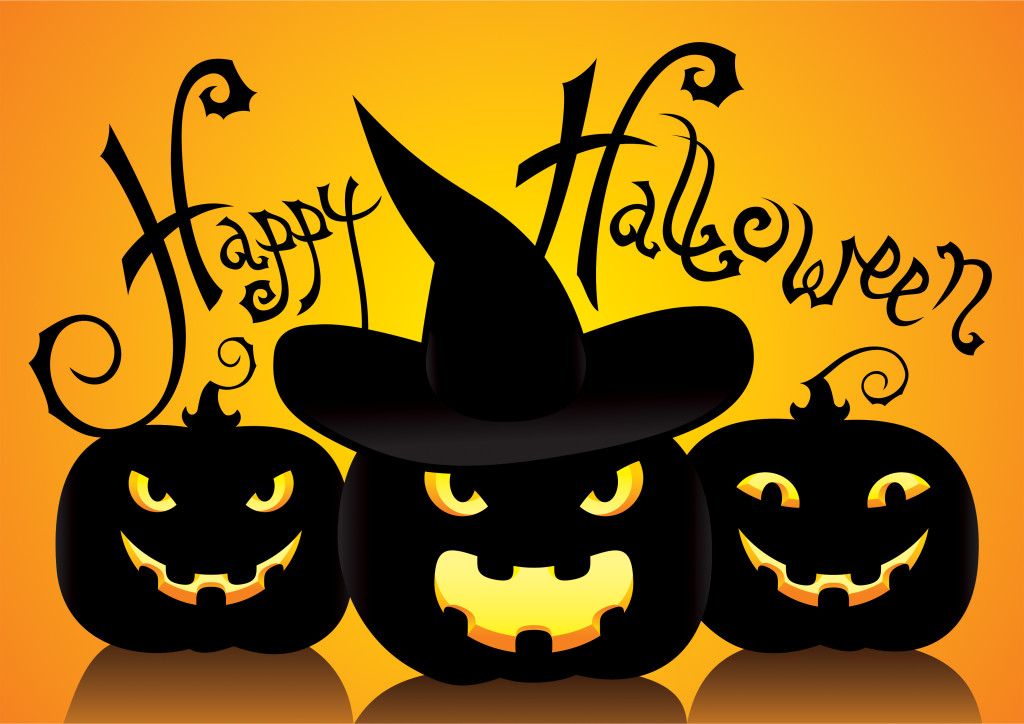It was a cold starry night, all was dark except for the blazing campfire that whispered stories as it cracked with golden embers. The Celtics stood around the fire telling stories of ghosts and demons, conjuring spirits and sacrificing animal blood to the Gods they worshiped. Evil entities roamed the land once set free by the Pagan rituals performed on this night. This day was called Samhain, an ancient holiday celebrated by Celts as a festival marking the beginning of winter. The day was October 31st – Halloween.
Halloween wasn’t always a day where children dressed up and knocked on your door demanding candy. It used to be a day dedicated to Pagan worship and the summoning of evil spirits. Paganism has more of an evil connotation wrapped in its history. It’s closely related to human sacrifice and Devil worshiping. This whole idea of darkness and malevolence is what influenced Halloween to become what it is today.
Back when religion was a vital part of society, Pagan holidays were highly disapproved of and were seen as savage works of the Devil. So in an attempt to rid Europe of this evil celebration, the Church changed the name from Samhain to All Hallows Evening which was eventually abbreviated into Halloween. The reason the Church decided on this name was because the day after Samhain was All Hallows Day which celebrated deceased Catholic leaders. November 2nd was also a day that celebrated the Catholic religion but instead of celebrating Catholic leaders they dedicated the day to deceased church members. This is where Halloweens association with death comes from.
The Catholic Church is a major influence in Halloween’s history, it even began the tradition of Trick or Treating. It all started when the church came up with the theory that if you pray enough for souls that are trapped in purgatory, they will be set free and sent to Heaven. Catholics took this as an opportunity to save their loved ones by baking treats for beggars in exchange for prayer. Children would go door to door asking for these treats and when they received them they prayed for whomever the baker wanted. This was the beginning of Trick or Treating.
In 1605 a man named Guy Fawkes attempted to blow up a noble neighborhood using gunpowder. He was captured, tried, and found guilty of his crimes. His punishment was death by hanging. Legend says that he was drained of all his blood then ripped apart and thrown in a fire. This was the inspiration of the more destructive elements of Halloween. For years after this event Halloween became a time of destruction and savageness. Kids would run in the streets breaking windows with rocks, beating eachother up, and destroying private property. It was such a violent time that people were afraid to leave their houses. Eventually the elders were tired of cleaning the messes left by hyperactive children that they decided to fight the destructive mannerisms with baked goods and other treats. Surprisingly enough, it worked and the violent acts began to simmer down leading us to a new and improved Trick or Treating tradition.
When America was in its beginning stages, colonial Puritans wanted to keep Halloween traditions away from the new world. They thought it to be a satanic day filled with evil and malicious intent. But before the Puritans were even able to attempt keeping Halloween away celebrations already took place and Halloween prevailed. The holiday was continuously celebrated making it into a national holiday that eventually lost all religious ties. It became a day of dressing up and embracing childish mannerisms for a night of fun and mischief. But even though we no longer see Halloween as a Pagan holiday or a day to worship demons, it still remains as a representation of the evil that’s all around us.
